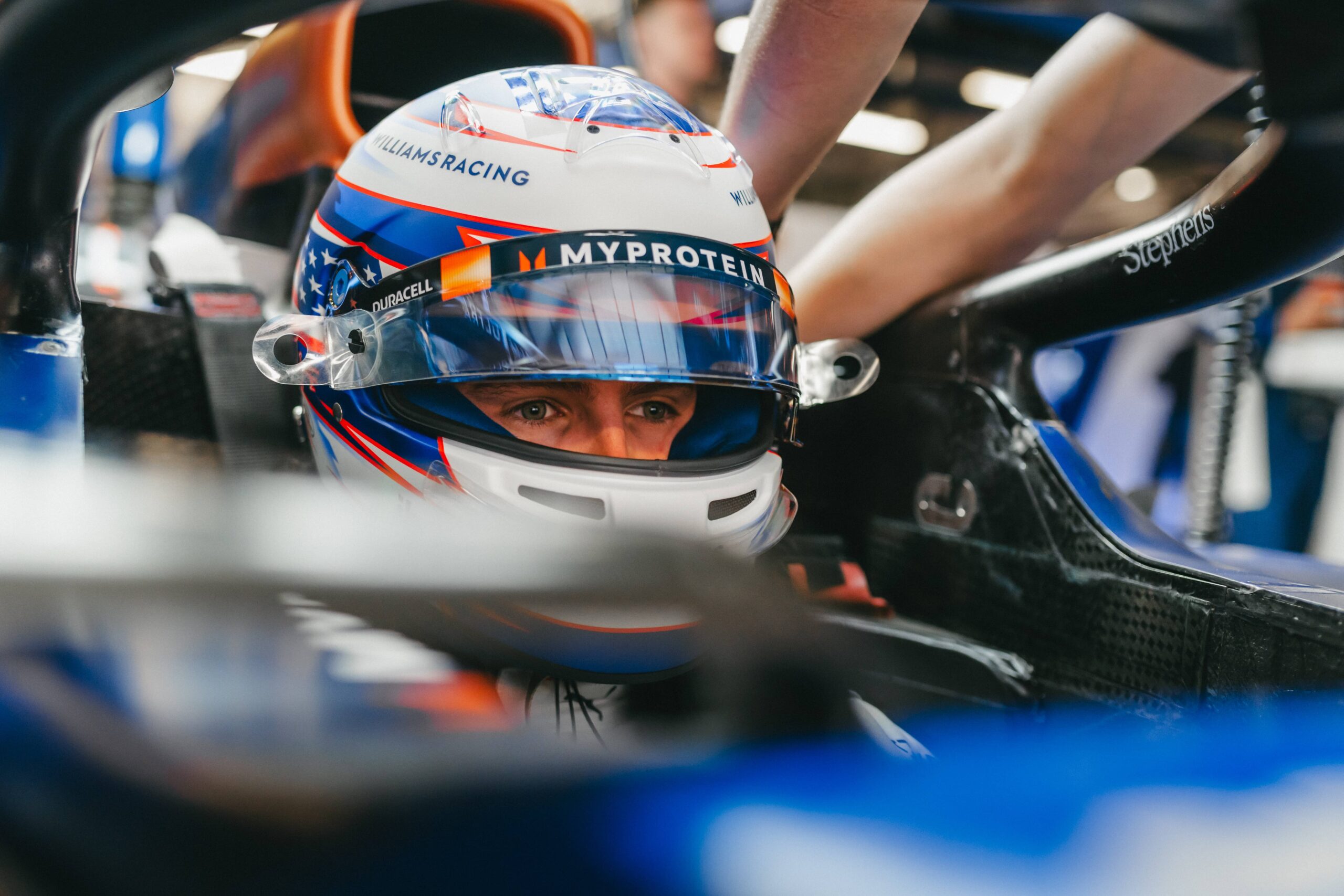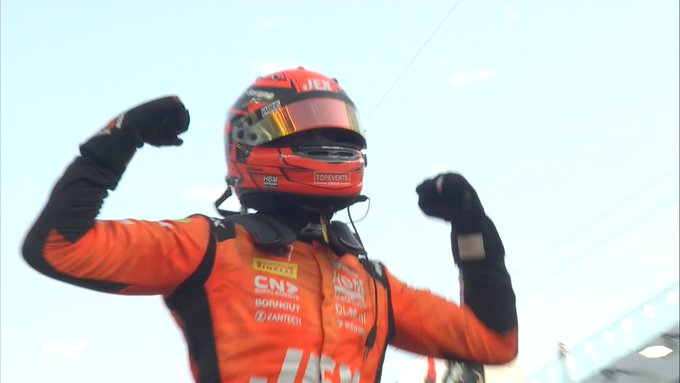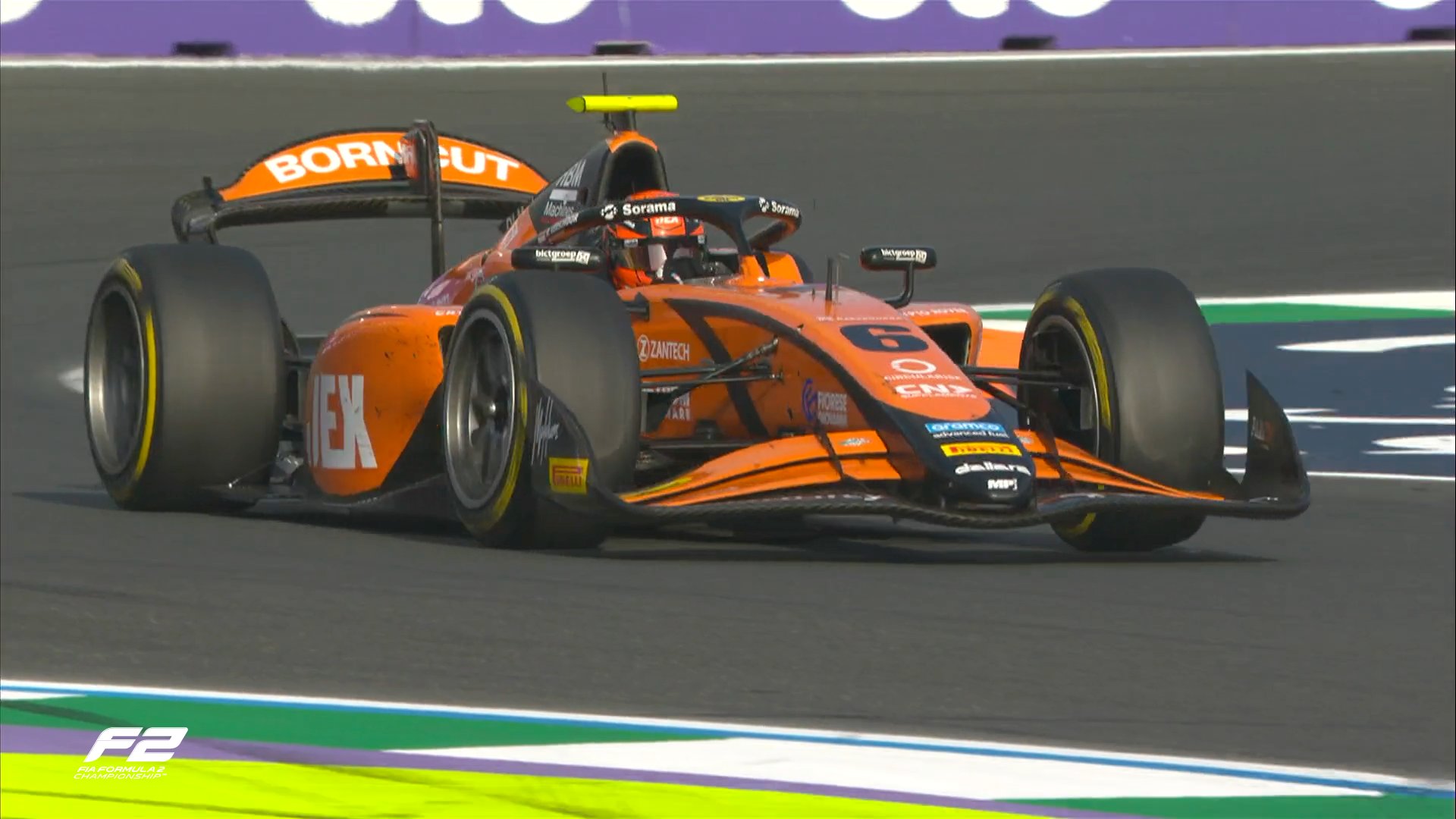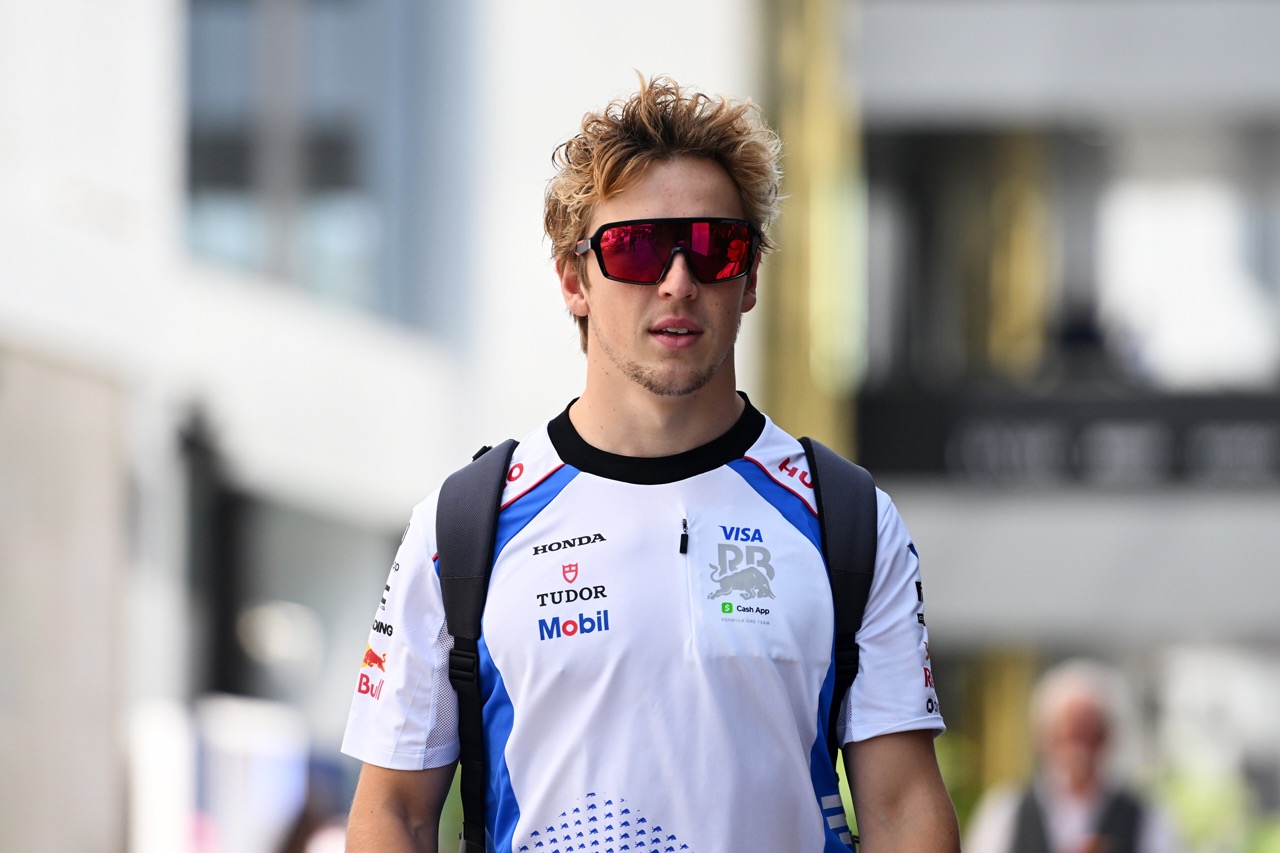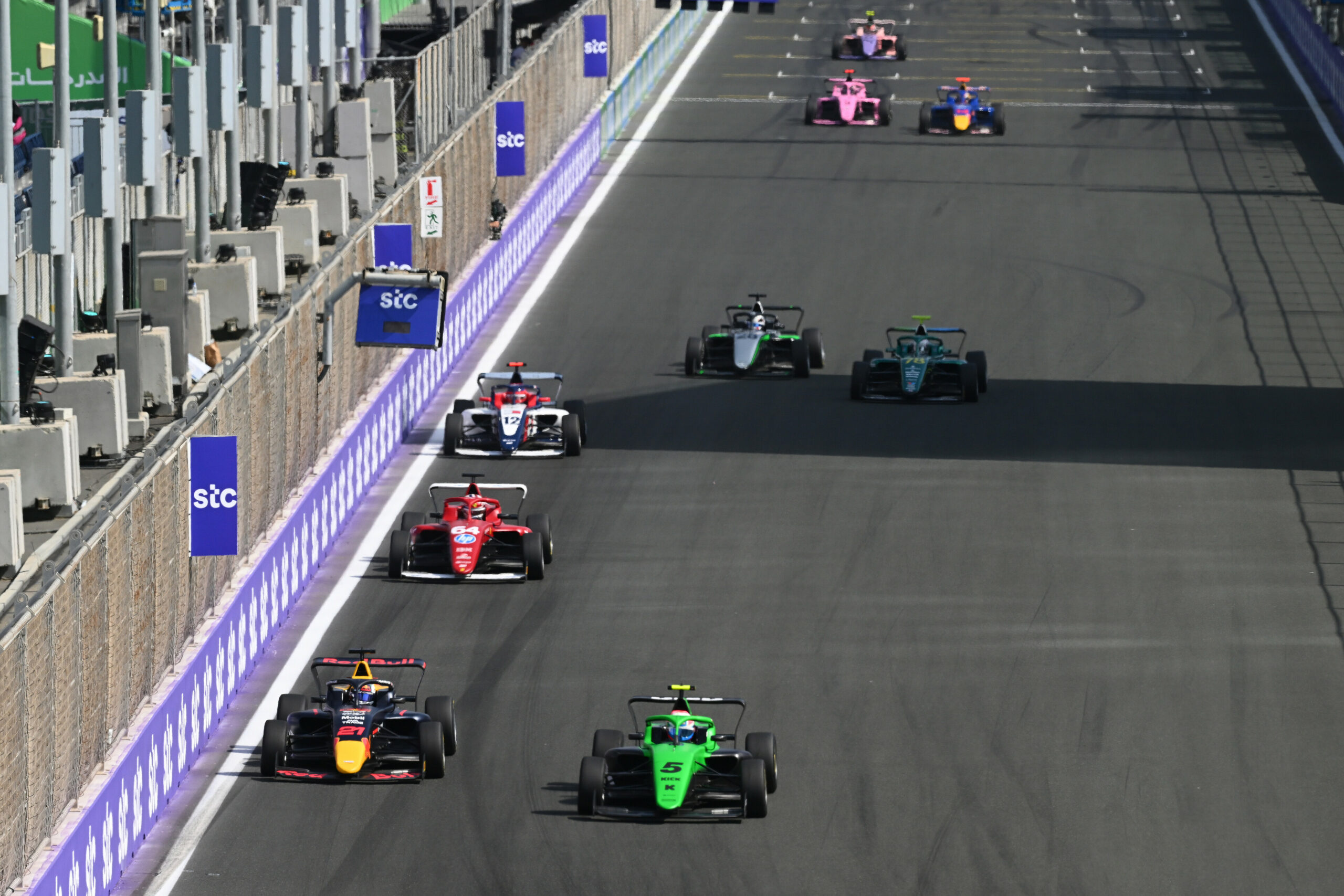This year’s Chinese Grand Prix was not short of drama, with enough twists, turns, and penalties to keep us chatting until the next race in Miami.
Among the drivers caught in the penalty problems was Logan Sargeant, whose controversial penalty left many fans scratching their heads.
During the race, the Virtual Safety Car was deployed after Valtteri Bottas encountered engine trouble at turn 11.
As Nico Hülkenberg exited the pit lane, Sargeant overtook the German while the Safety Car was still deployed, contravening Article 55.8 of the FIA Formula One Sporting Regulations. The German had got to the Safety Car line just before the Floridian driver.
The incident saw him penalised with a 10-second time penalty and two additional penalty points on his licence.
With many arguing that the penalty was harsh, James Vowles, Williams F1 Team Principal, shed light on the team’s perspective, acknowledging the penalty’s severity while emphasising the need for improved systems and processes to prevent such incidents for the team in the future.
“It was a harsh penalty. When you see just matters of tenths translate into seconds, that’s difficult.
“It’s very difficult for the driver to have adjudicated whether he was ahead of time. So, responsibility falls to us, and we missed it. We need to develop more and better automated tools that allow us to see what’s going on at that point, because it took us multiple camera replays before even we could see where the difference was.”
Vowles explained that in-race penalties cannot be appealed, noting that if a penalty has been provided and given, there is no way to change this.
If the team had picked up on the issue, or been told by the FIA to swap the cars, Vowles claims that: “We would have to have slowed down during that initial incident. A few seconds later, let the car back through again and then that would have corrected the position. It’s fine margins, but that’s what Formula One is all about.”
Sargeant also spoke of his confusion and frustration, claiming that he “obviously, thought I crossed the line first. Yeah, I don’t know what they expect, two cars separated by 50 meters laterally, and to my eyeline, I thought I had it.
“So yeah, a bit confused about that… and probably one of the most painful ones I’ve had.
“To my side, I thought I was way ahead. I didn’t even think it was even close.
“You know, we were under Safety Car for ages, I don’t know why they didn’t just tell me to give the position back. Obviously, I would have done so had they said.”
Speaking more generally about the race, he claimed that despite the difficulties, the car’s pace on the soft and medium tyres was relatively strong.
“Good moments, bad moments, I think the start of the race on the softs was strong. I think when we put the medium tyre on, we were in a really, really good place, so probably could have done without that safety car, because we would have gone medium, medium, and I think that would have suited us much better.”
Regardless, following his tyre change during the Safety Car, Sargeant said that life on the hards was far trickier.
“I think we just destroyed the tyre, too cold originally on those first few laps.
“Of course, that carries through to the end of the stint. So, for a tyre you’re taking 31 laps, it’s probably the worst thing that can happen.”
James Vowles seconded this theory, claiming that “Logan on that last stint was using a lot of the front tyre to rotate the car and that’s been an inherent weakness all weekend.
“We did a lot of balance changes, a lot of set-up changes to put us in a better position, but it was a very long stint, we were asking for Logan. And he started, like, tucked up against another competitor.
“The result of that was he was sliding the front just a little bit too much and the drop-off is enormous.”

